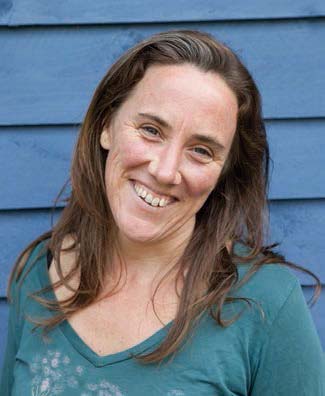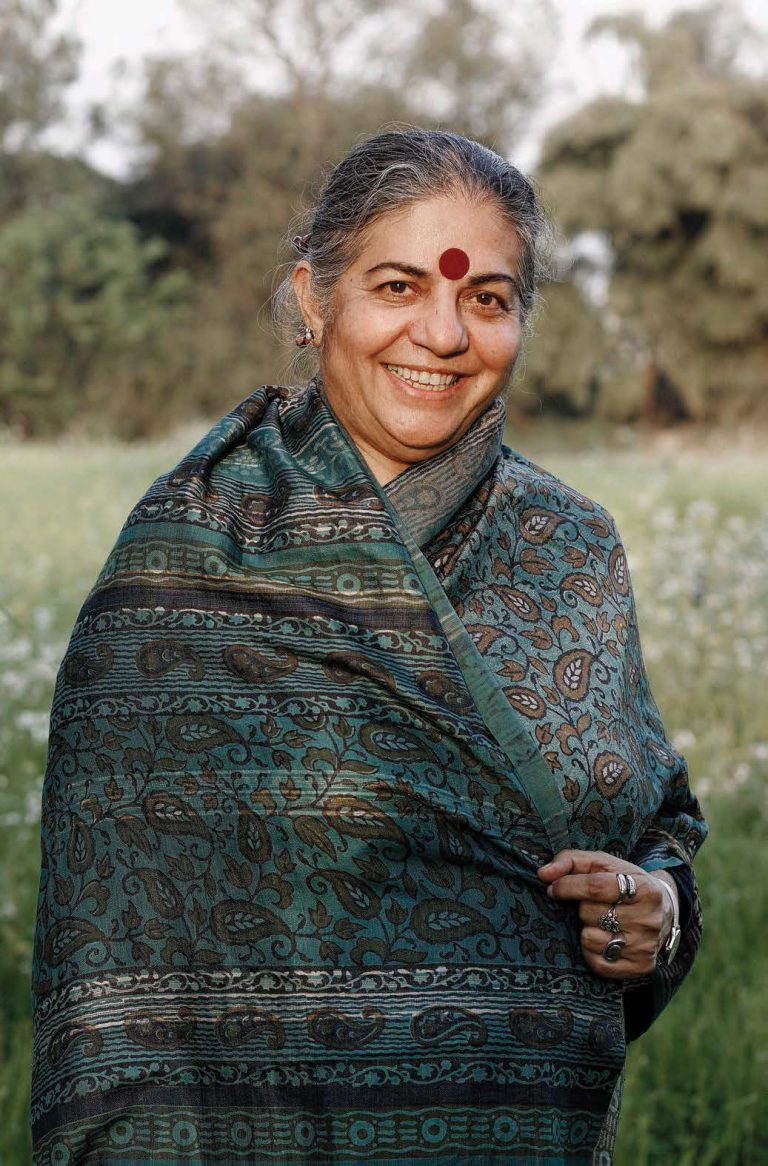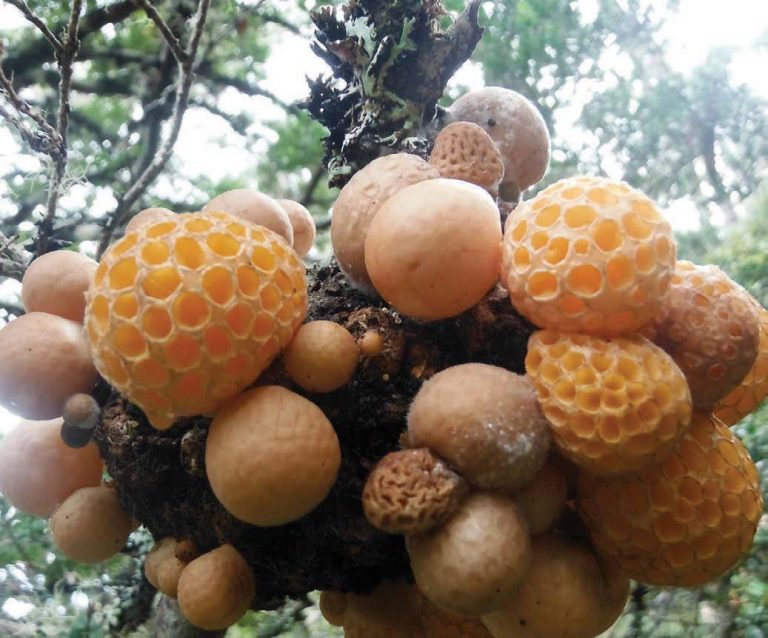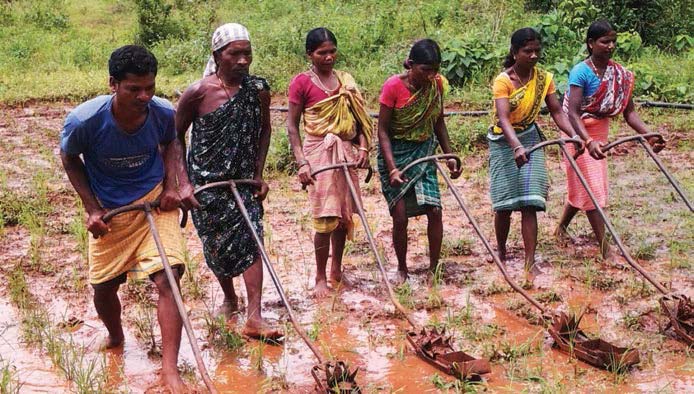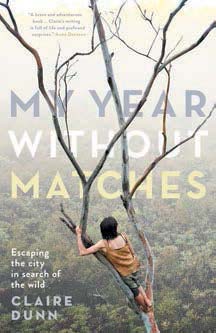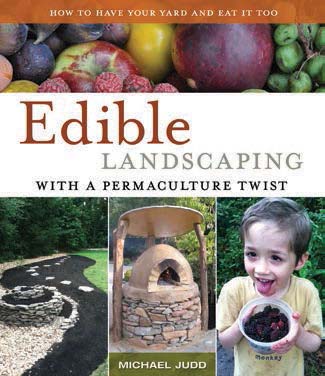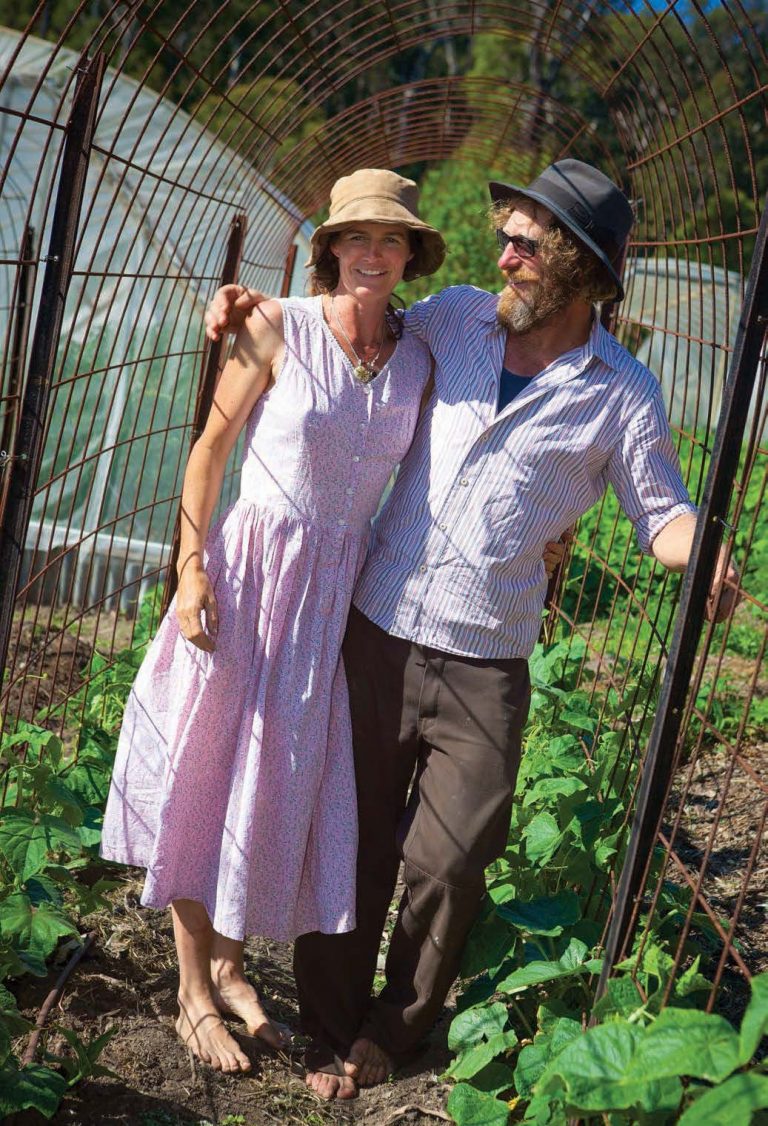Turning No-Dig Gardening On Its Head
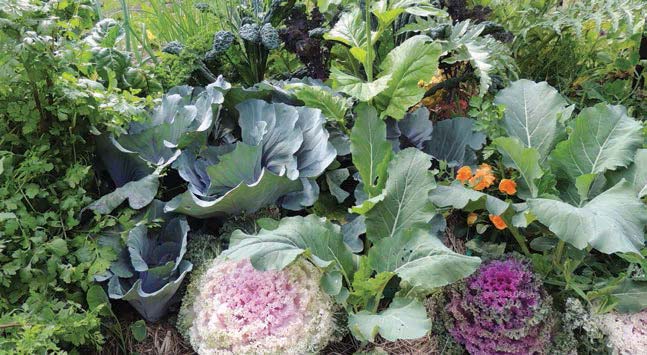
Issue three, here we are. Pip Magazine is now into its second year of publishing and it is growing strong. What began as a crazy, out-there idea is now well and truly a happening thing. As they say, it takes a community to raise a child, well it takes a community, a permaculture community, to raise a Pip Magazine. Yes, there are few key people that pull it together and make it happen but it is the whole permaculture community that support it and help it grow.
If you the reader didn’t buy the magazine we wouldn’t be here. If all the people that gave to our crowdfunding campaign didn’t do their bit, we never would have printed the first issue, if all the newsagents and stockists didn’t have Pip on their shelves people wouldn’t stumble across us and if you didn’t tell your friends, families and colleagues about us, people wouldn’t know we existed.
Then there are all the amazing people who give their time, knowledge and ideas to help create the magazine. Pip is really just a big collection of shared information from the permaculture community. Each article is a contribution to our community to help us all live more sustainably and more self-reliantly and these articles are there to inform and inspire us.

